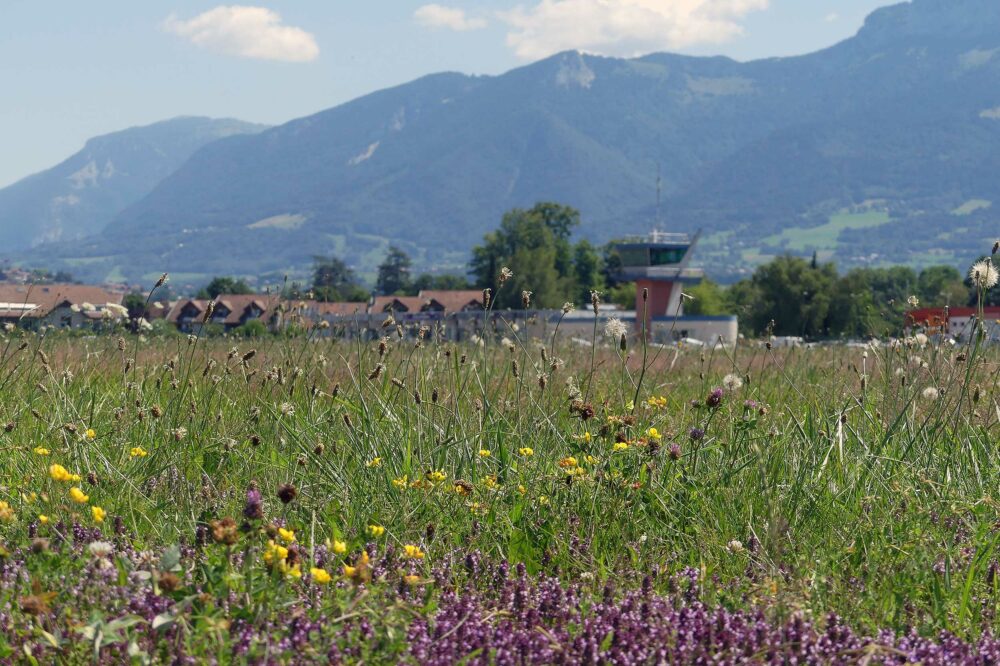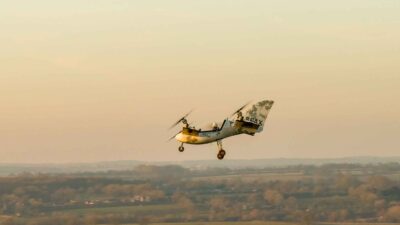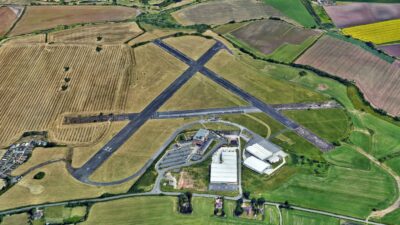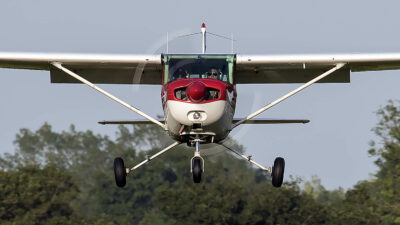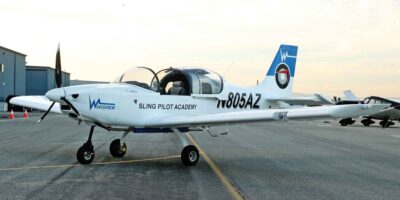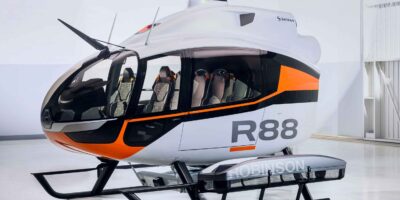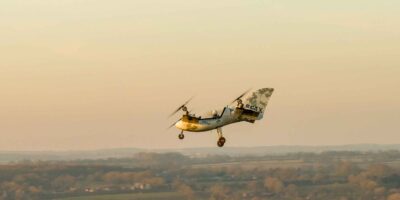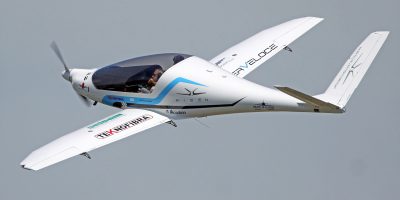An association in France dedicated to improving and championing the biodiversity of aeronautical land saw substantial growth in its membership last year.
In total there were 27 new members of Aéro Biodiversité, including the first industrial group, Daher, whose aircraft brands include TBM and Kodiak.
The other 26 new members included major regional airports, specialist airports and smaller General Aviation aerodromes. Aéro Biodiversité now has a membership of more than 93 aviation entities.
“The association is also experiencing a major turning point with the integration of its ‘aerobio’ label into the National Biodiversity Strategy 2030”, said Aéro Biodiversité’s annual report.
“The 500 aerodromes in France are more than 70% covered by green spaces including semi-natural meadows, constituting real refuges for many animal and plant species.
“For 10 years, Aéro Biodiversité has aimed to evaluate, promote and improve the biodiversity of aeronautical land, in mainland France and overseas.”
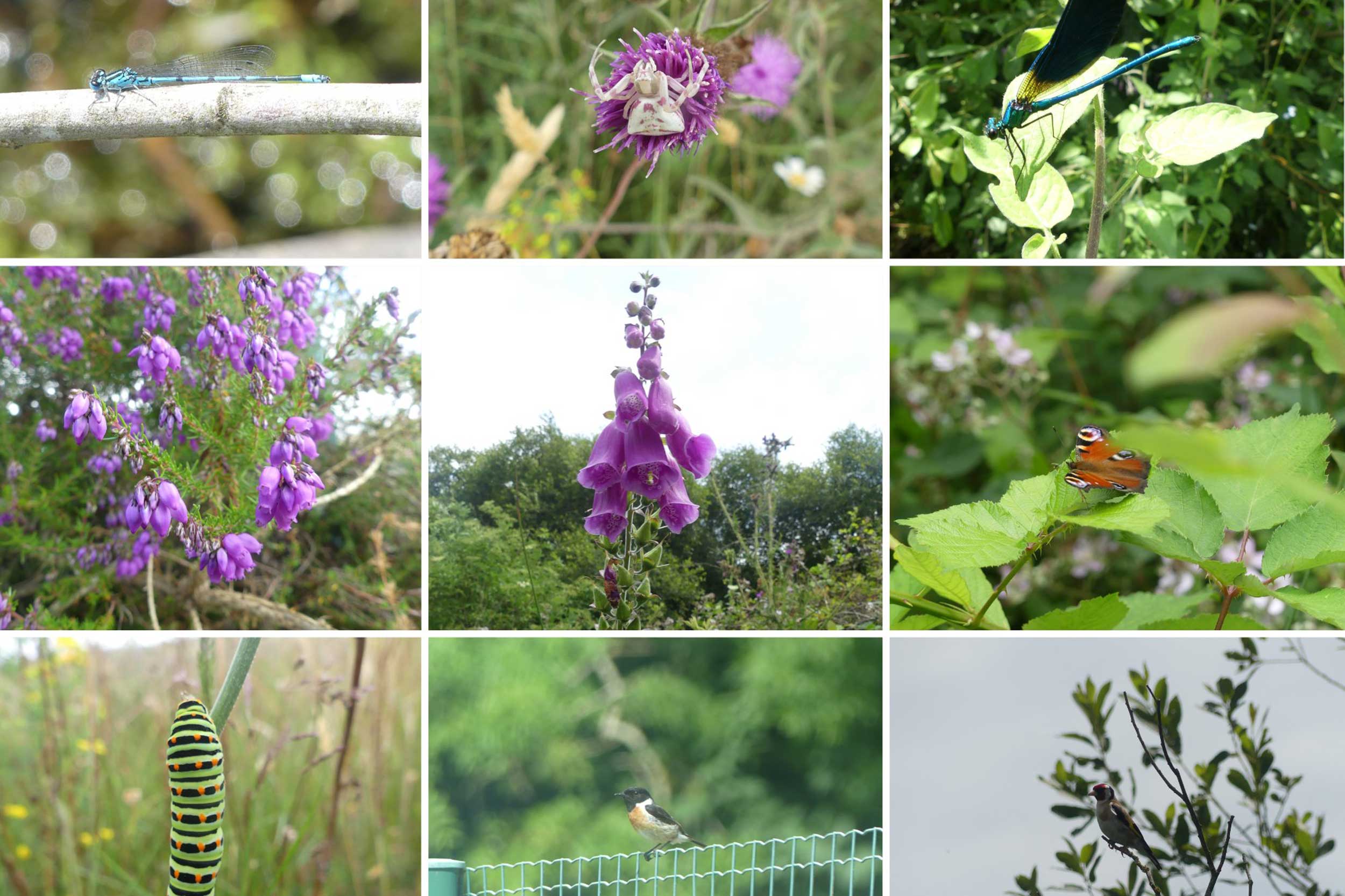
Turns out airfields are great places for nature. Photo: Aéro Biodiversité
The 27 new members of Aéro Biodiversité in 2023:
12 airports and aerodromes: Béziers Cap d’Agde, Calvi, Cannes Mandelieu, Cherbourg, Figari, Nîmes, Toulouse-Francazal, Rodez Aveyron, Vatry & the Jean-Bapiste Salis and Chateaudun
1 Aeronautical Federation : the FFP (French Parachuting Federation) is the fourth Federation to join the association with Lannion airport and Bouloc-en-Quercy aerodrome
11 FFA aerodromes : Joigny, Semur en Auxois, Montbéliard, Toulouse-Lasbordes, Castelnau-Magnoac, Alès Deaux, Pérouges-Meximieux, Angers Marcé, Falaise, Bordeaux Léognan and Nancy Essey
2 Group ADP aerodromes : Meaux and St-Cyr-l’Ecole
1st industrialist : the DAHER group (Tarbes).
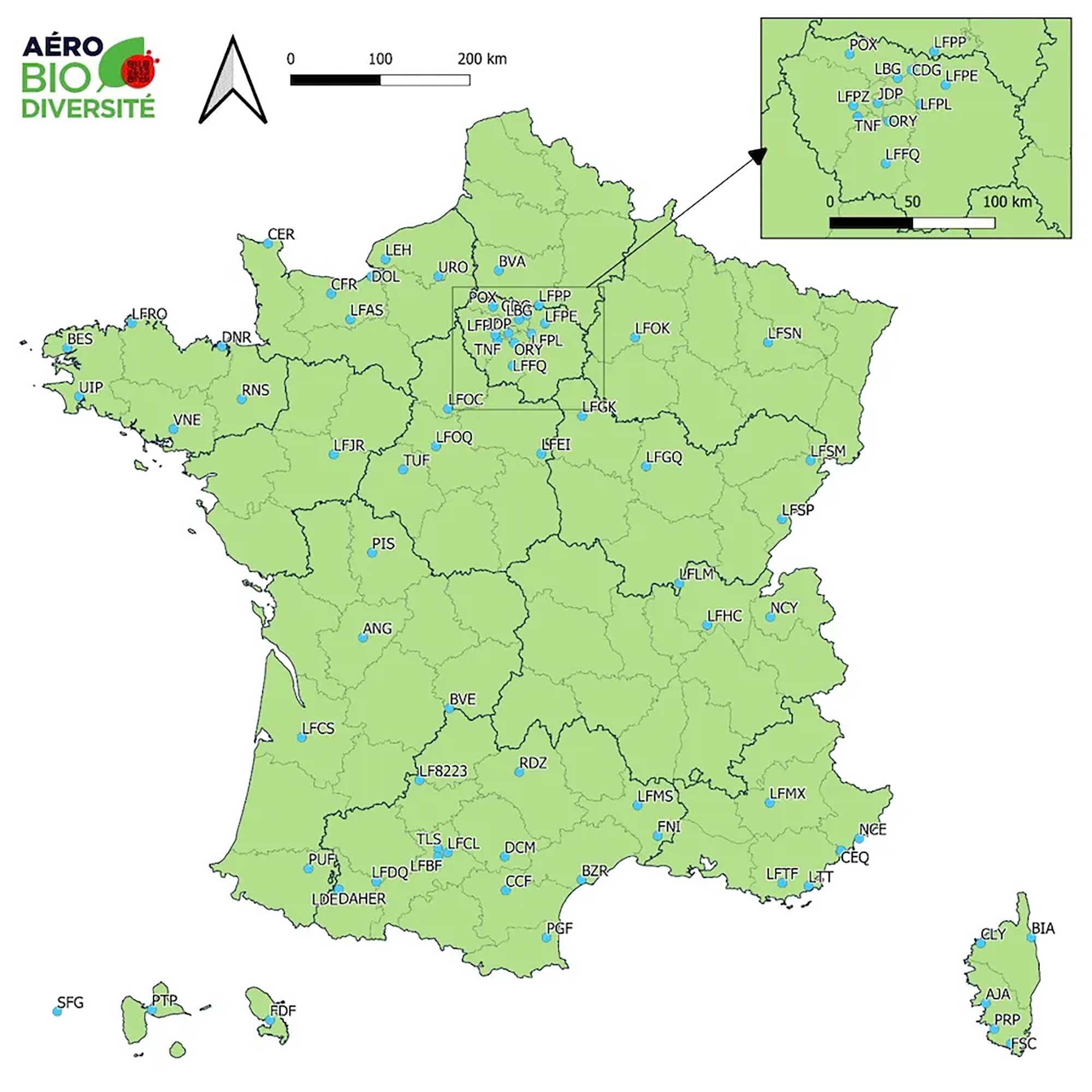
Map of Aéro Biodiversité sites across France. Image: Aéro Biodiversité
A team of 21 employed naturalists at Aéro Biodiversité evaluates and monitors biodiversity, at the various partners. The naturalists travel in pairs – generally a specialist in ornithology and one in botany – two to three times a year to each platform.
25,000 pieces of data were collected in 2023 and included in the national inventory of natural heritage (INPN), a portal for disseminating knowledge of French biodiversity, administered by the National Museum of Natural History (MNHN).
François Bouvier, President of the Aerobiodiversity Scientific Committee, said, “We still have many projects to deepen or solidify: better understand the state of the soils and subsoils of aeronautical meadows, both on a biological and eco-toxicological level, measure their capacity, certainly high, to fix carbon, protect them from various attacks, but also broaden our work to European and even international concerns.
“Let’s see you in our report next year to take stock of progress on these important concerns.”
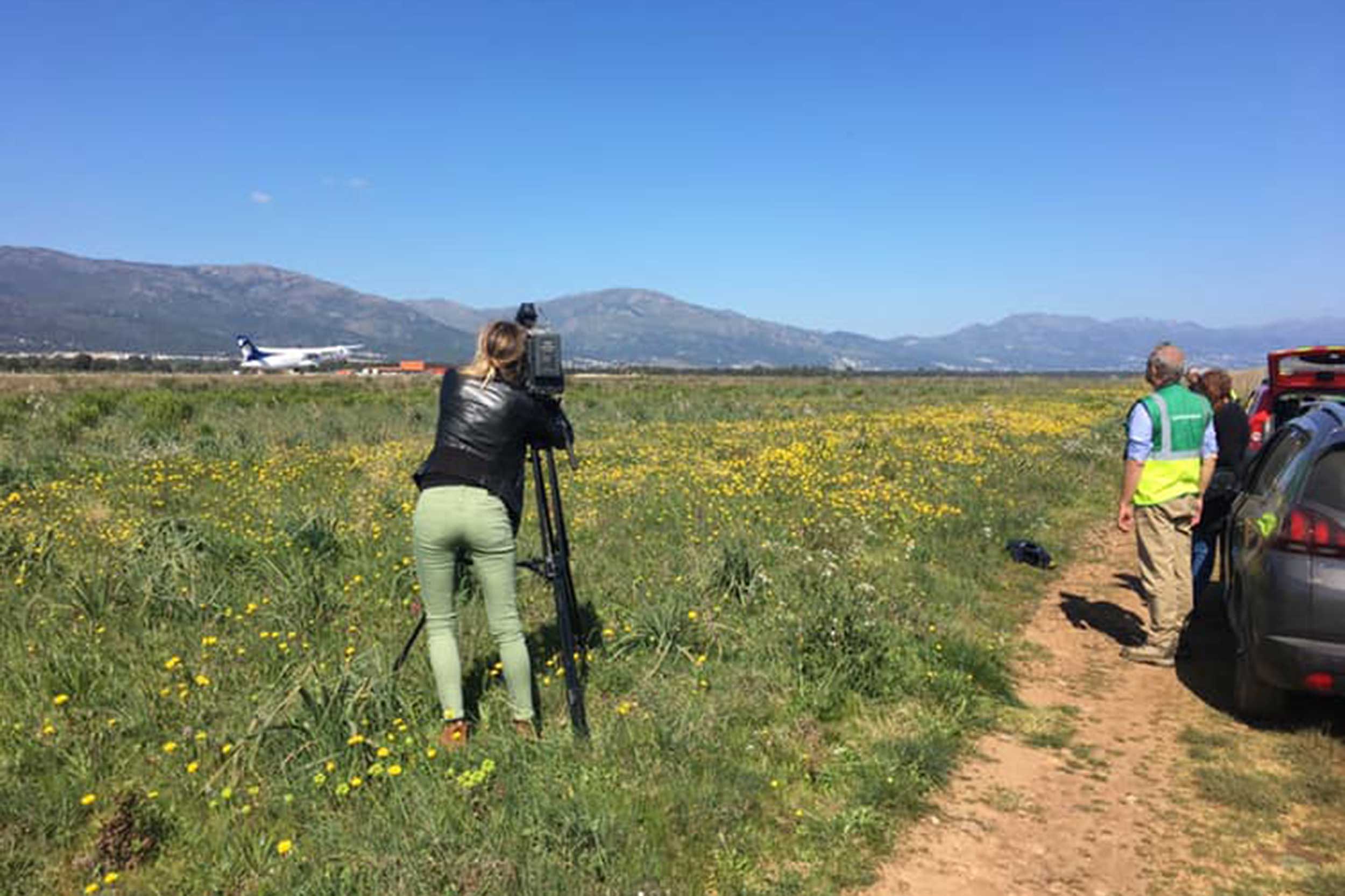
Naturalist at work! Photo: Aéro Biodiversité
The ‘aerobio’ label
Created in 2021, the ‘aerobio’ label consists of promoting the work and commitment of airports registered in the approach to protecting biodiversity. Applications for the label are studied by the team and then by the association’s Scientific Committee, which makes the decision to award the label in an ethical and independent manner. The latter is awarded for a period of three years.
The aérobio label is now part of the National Biodiversity Strategy 2030, presented by the government on 27 November 2023, with “the objective of reducing pressure on biodiversity, protecting and restoring ecosystems and bringing about in-depth changes in order to “reverse the trajectory of biodiversity decline”.
Aéro Biodiversité annual report in full


